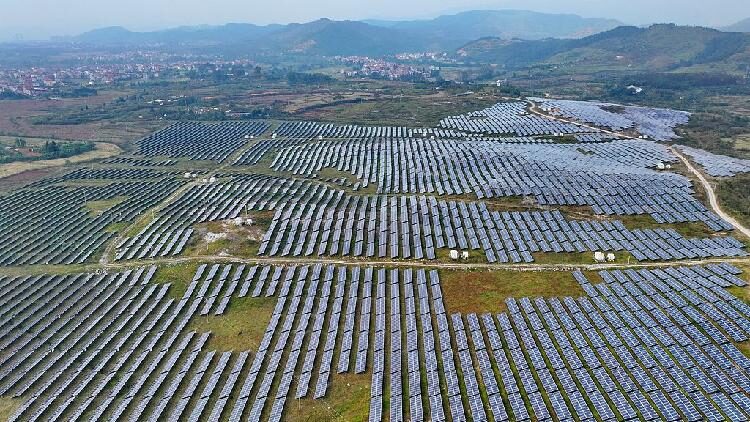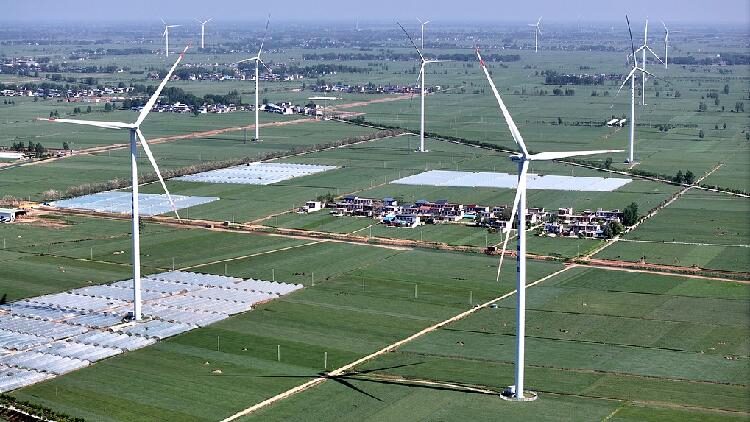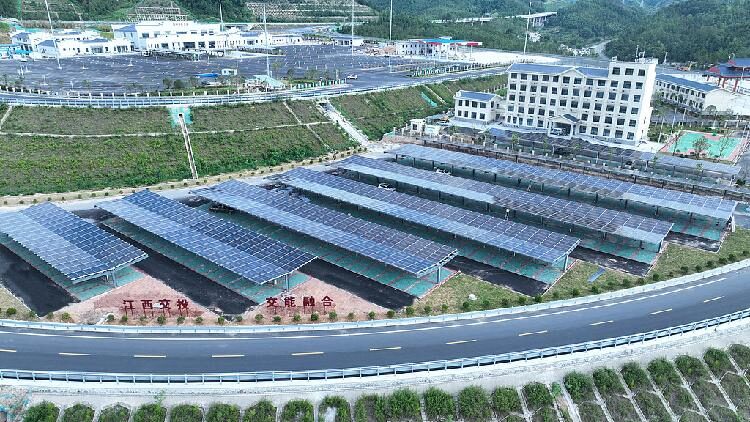China is taking a big step forward in its green energy journey. The government has announced a major reform that shifts wind and solar energy pricing from planned rates to market-based pricing. This move aims to boost the development of renewable energy and help the nation reach its carbon goals.
Why This Matters
By the end of 2024, China had installed over 1.2 billion kilowatts of wind and solar power, making up more than 35% of its total power capacity. However, the old pricing system, which relied on fixed prices and guaranteed purchases, wasn’t keeping up with the rapid growth of the renewable sector. As government subsidies fade away, a new system is needed to ensure the industry’s sustainable development.
The New Reform
The National Development and Reform Commission (NDRC) and the National Energy Administration (NEA) have rolled out a plan to fully integrate wind and solar power into the electricity market. This means renewable energy producers will now participate in market pricing, competing alongside traditional power sources. The reform includes:
- Market Integration: All new energy electricity will enter the power market, ensuring renewables are fully part of the system.
- Innovative Market Mechanisms: Changes in bidding rules and price caps will allow renewable energy to play to its strengths in real-time competition.
- Differential Settlement: A unique compensation system will help balance prices during the transition, protecting existing projects while encouraging new ones to compete in the market.
What It Means for the Future
This shift to market-based pricing is expected to:
- Drive Innovation: Companies will focus more on technology and efficiency to stay competitive.
- Enhance Flexibility: Price signals will encourage investment in energy storage and demand response, making the power system more adaptable.
- Monetize Green Value: By recognizing the environmental benefits of renewable energy, new revenue streams will open up, potentially increasing returns on investment.
Opportunities Ahead
Chinese renewable energy companies stand to gain from this reform. They’ll need to adapt by offering integrated energy services and developing new skills in power trading and risk management. Diversifying revenue sources will make the industry more resilient, reducing reliance on government support. Moreover, aligning with global market mechanisms will give Chinese companies an edge in the international arena.
Looking Forward
China’s move to market-based pricing for renewable energy is a significant step in its transition to a greener economy. By leveraging market forces, the country aims to accelerate its “dual carbon” goals: peaking carbon emissions before 2030 and achieving carbon neutrality before 2060. This reform not only charts a clear path for China’s energy future but also sets an example for the global community.
The energy landscape is changing, and China’s latest reform shows its commitment to leading the way in renewable energy development. As the world watches, these changes could spark new innovations and collaborations that benefit everyone.
Reference(s):
cgtn.com








